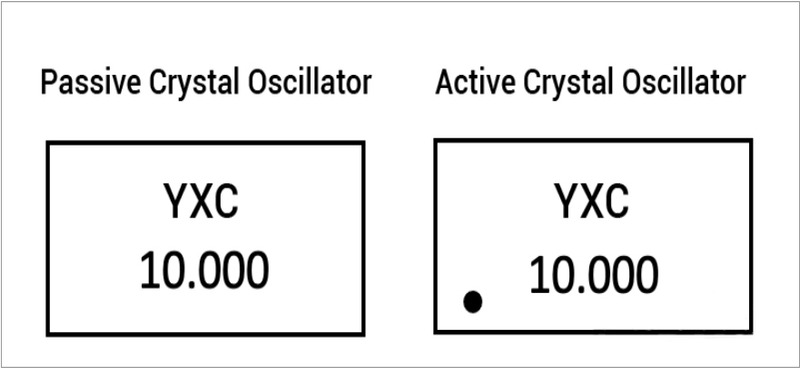

Global high-mix volume high-speed PCBA manufacturer
9:00 -18:00, Mon. - Fri. (GMT+8)
9:00 -12:00, Sat. (GMT+8)
(Except Chinese public holidays)


Global high-mix volume high-speed PCBA manufacturer
9:00 -18:00, Mon. - Fri. (GMT+8)
9:00 -12:00, Sat. (GMT+8)
(Except Chinese public holidays)
In electronic circuits, crystal oscillators are commonly divided into two types: active crystal oscillators and passive crystal oscillators.
A passive crystal oscillator is a non-polarized component that requires an external clock circuit to generate oscillation signals — it cannot oscillate independently. Its output signal level depends on the oscillation circuit it connects to. Passive crystal oscillators are suitable for various voltage and clock signal requirements and are available in multiple package types, including PTH-2P, SMD-2P, and SMD-4P.

An active crystal oscillator, on the other hand, is a complete oscillator module that integrates a quartz crystal, transistor, and other passive components inside. It features high frequency precision and stability, but the output signal level is fixed, offering less flexibility — hence, users must choose the proper output specification during circuit design. Active crystal oscillators are typically found in SMD-4P packages.

A passive crystal oscillator consists only of a quartz crystal, electrodes, and a ceramic base.
An active crystal oscillator adds an integrated circuit (IC) to the internal structure — this IC acts as an independent oscillation-starting chip, allowing the device to output a stable frequency signal without external assistance.

In general, an active crystal oscillator can be identified by a dot (·) marking located in the lower-left corner of its casing.
This dot indicates the Pin 1 position, which usually corresponds to the tri-state pin* in clock oscillator designs.
In contrast, passive crystal oscillators do not have this dot marking on their casings.

Tri-state: The output can exist in three conditions — high level (“1”), low level (“0”), or high-impedance (Hi-Z) state.
A passive crystal oscillator operates without a power supply and relies entirely on the external clock circuit (usually part of the main IC) to sustain oscillation. It typically includes only two pins — input and output — as shown below.

An active crystal oscillator, in contrast, requires a dedicated power supply and typically uses four pins:
• Pin 1: Standby or NC (No Connect)
• Pin 2: Ground (GND)
• Pin 3: Output (Signal)
• Pin 4: Voltage (VCC)
It can operate independently without the need for external matching capacitors, offering a plug-and-play frequency source.

At PCBasic, we provide professional PCB and PCBA manufacturing services, including crystal oscillator mounting, frequency testing, and high-precision timing circuit assembly.
Whether your design requires passive resonators for low-power MCUs or active oscillators for high-speed communication boards, our automated SMT lines, AOI inspection, and 3D X-ray testing ensure precise installation and stable signal performance for every clock circuit.
Phone contact

+86-755-27218592
In addition, we've prepared a Help Center. We recommend checking it before reaching out, as your question and its answer may already be clearly explained there.
Wechat Support

In addition, we've prepared a Help Center. We recommend checking it before reaching out, as your question and its answer may already be clearly explained there.
WhatsApp Support

In addition, we've prepared a Help Center. We recommend checking it before reaching out, as your question and its answer may already be clearly explained there.
